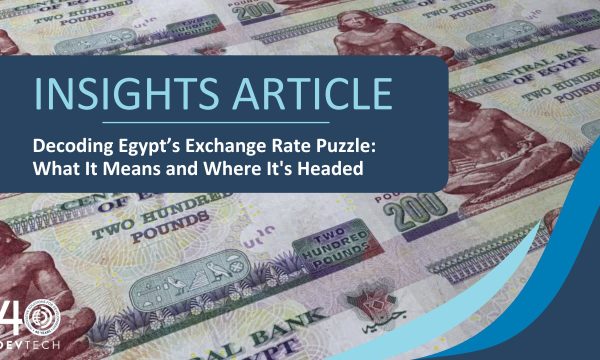The term ‘Mipymes’ may not be familiar to everyone. It refers to ‘Micro, Small, and Medium Enterprises’ in Cuba, a relatively new retail sector initiative aimed at offering a broader selection of food products than was available in 2022. This effort has broadened the range of available goods but comes at prohibitively high prices, rendering them inaccessible to most Cubans. While the nutritional landscape has seen some improvement since the severe shortages of the 1990s, it is now showing signs of regression. The government’s rationing system, previously a crucial source of staples like rice, beans, and sugar, is gradually being phased out, yet the market has not effectively filled this gap.
The financial dynamics of Mipymes are complex and somewhat obscure. In Cuba, private business transactions frequently involve both US dollars and Cuban pesos. However, the average Cuban typically acquires dollars through the informal market, a process detailed on DevTech’s parallel exchange rate dashboard. Varied acceptance of the national currency is exemplified by anecdotal instances, such as a mechanic’s preference for payment in Cuban pesos. Importers, key yet mysterious figures in this ecosystem, exclusively transact in foreign currency. This setup fuels speculation about the potential involvement of government officials in Mipymes, although definitive proof is lacking.
A clear connection exists between inflation and the public deficit in Cuba. With the government as the primary employer, salaries are not keeping pace with rising prices, while public revenues are falling, and the Cuban Revolution’s answer continues to be money printing. The market’s failure to adjust the exchange rate between the US dollar and the Cuban peso (CUP) due to a number of issues, such as controls on deposits and payment systems, exacerbates the issue. The decline in retail sales by GAESA, a military-run business conglomerate, especially after the demise of its head, Lopez Callejas, and the trend of government officials moving to private sector jobs, is a topic of much discussion and largely reflects the declining public sector standard of living, even at perhaps some of the highest levels.
Cuba’s infrastructure is in its poorest state ever, with no solution in sight. Transportation is in disarray, streets are in disrepair, waste management is inefficient, and there are severe shortages in medical supplies and medicines. Education and healthcare, once the pride of the Revolution, are now major sources of concern. While public transportation is almost non-existent, the presence of luxury cars, such as Teslas, is paradoxical and potentially indicative of involvement by high-ranking officials in the car import business. The surge in internet, messaging apps, and mobile phone access marks a significant shift. Platforms like Cibercuba are increasingly popular, signaling a weakening of the government’s ideological control. Open criticism of the government is becoming more common, particularly in response to price hikes in essentials like fuel. Tourism in Havana has seen a dramatic decline. The lively atmosphere of 2016, with vintage cars and bustling streets, has faded, and there are reports of increasing security issues and tourist assaults.
Despite the overall bleak situation, a small elite, primarily white and well-connected, enjoys a high standard of living, starkly contrasting with the impoverished majority, who include large population segments of mestizos and black people. This disparity sharply contradicts the Revolution’s professed goals of equality. Finally, the continuous outflow of Cubans from the island raises concerns about an increasingly aging population remaining.
In conclusion, Cuba is confronted with an uncertain future, where a descent into chaos remains a distinct possibility.
Roberto Orro Fernández is an economist educated at the University of Havana, Cuba, and with a Master’s Degree in Economics from el Colegio de México, boasts a diverse career across various countries. Beginning in the Cuban Armed Forces’ military construction sector, he then transitioned to academia as a lecturer and researcher at the University of Havana and the University of Guanajuato, Mexico. Professionally, he worked with H. Calero Consulting Group, Inc. in San Juan and since 2005, has been an independent consultant in San Juan, Puerto Rico, focusing on feasibility studies, market analysis, litigation support, and forecasting. A member of the Association for the Study of the Cuban Economy (ASCE) since 1997 and a former board member from 2008 to 2012, Orro’s expertise includes monetary policy, dollarization in Cuba, and the transitions in former socialist countries. Additionally, he is affiliated with the Puerto Rico Association of Financial Analysts. At present, Roberto Orro is Partner and Senior Economist of Grupo Estratega LLC, a planning and economic firm based in San Juan Puerto Rico.








